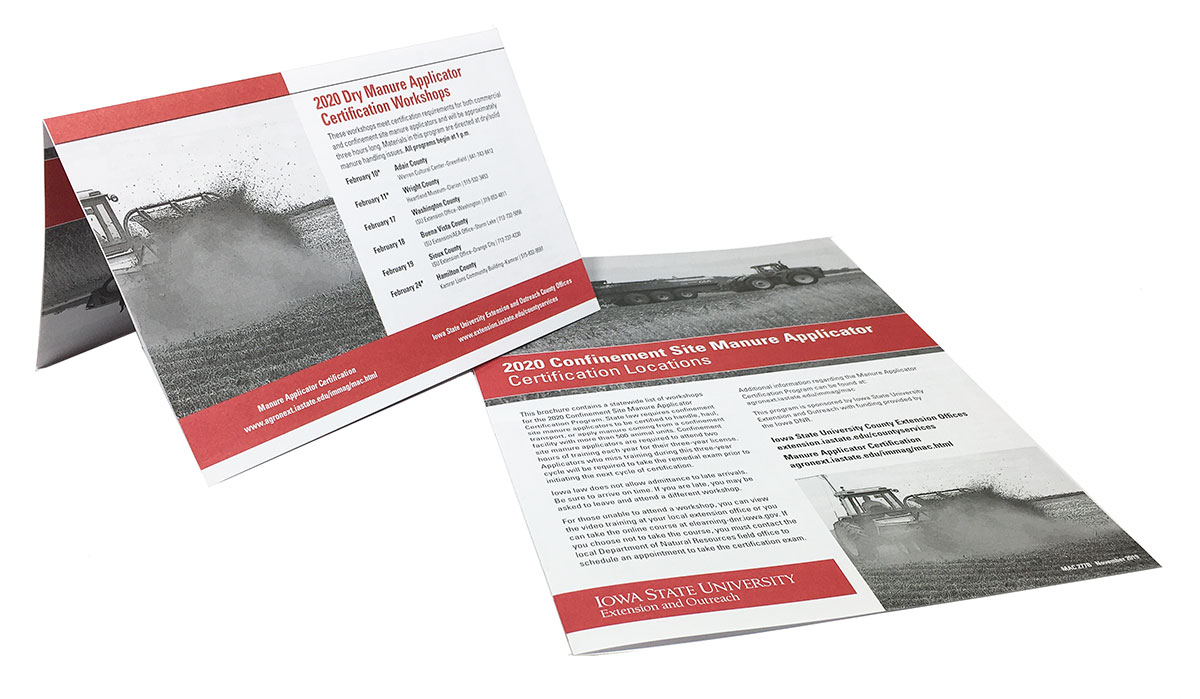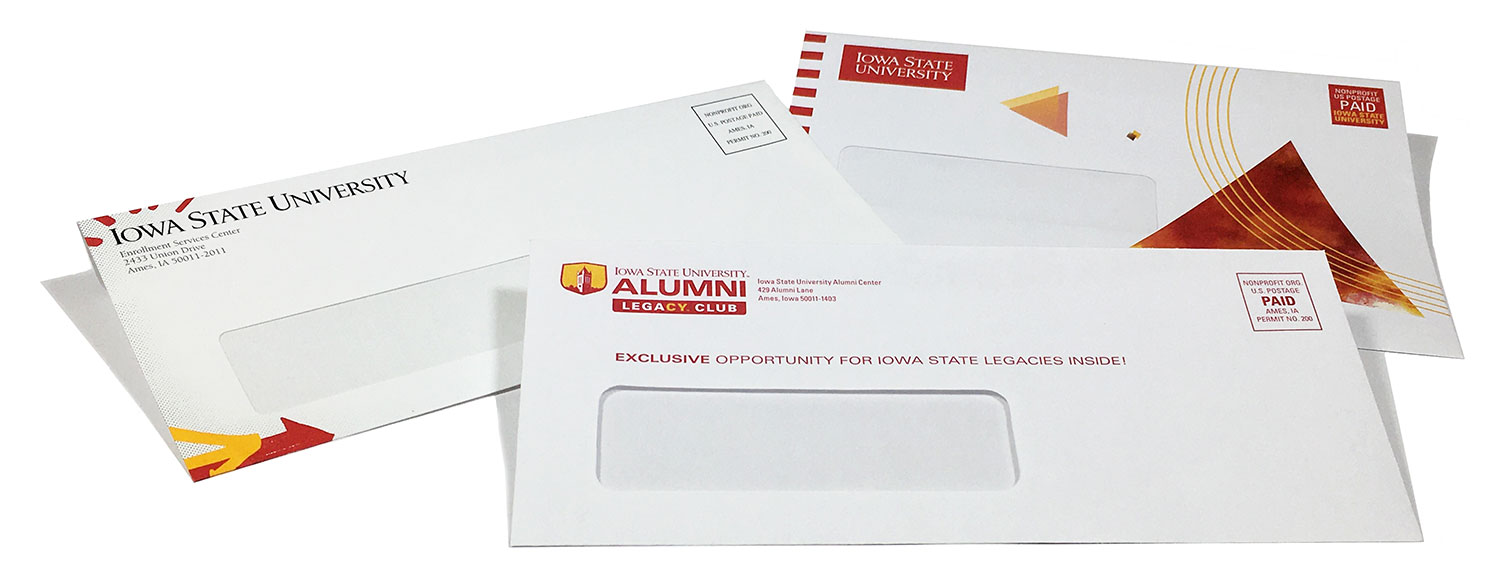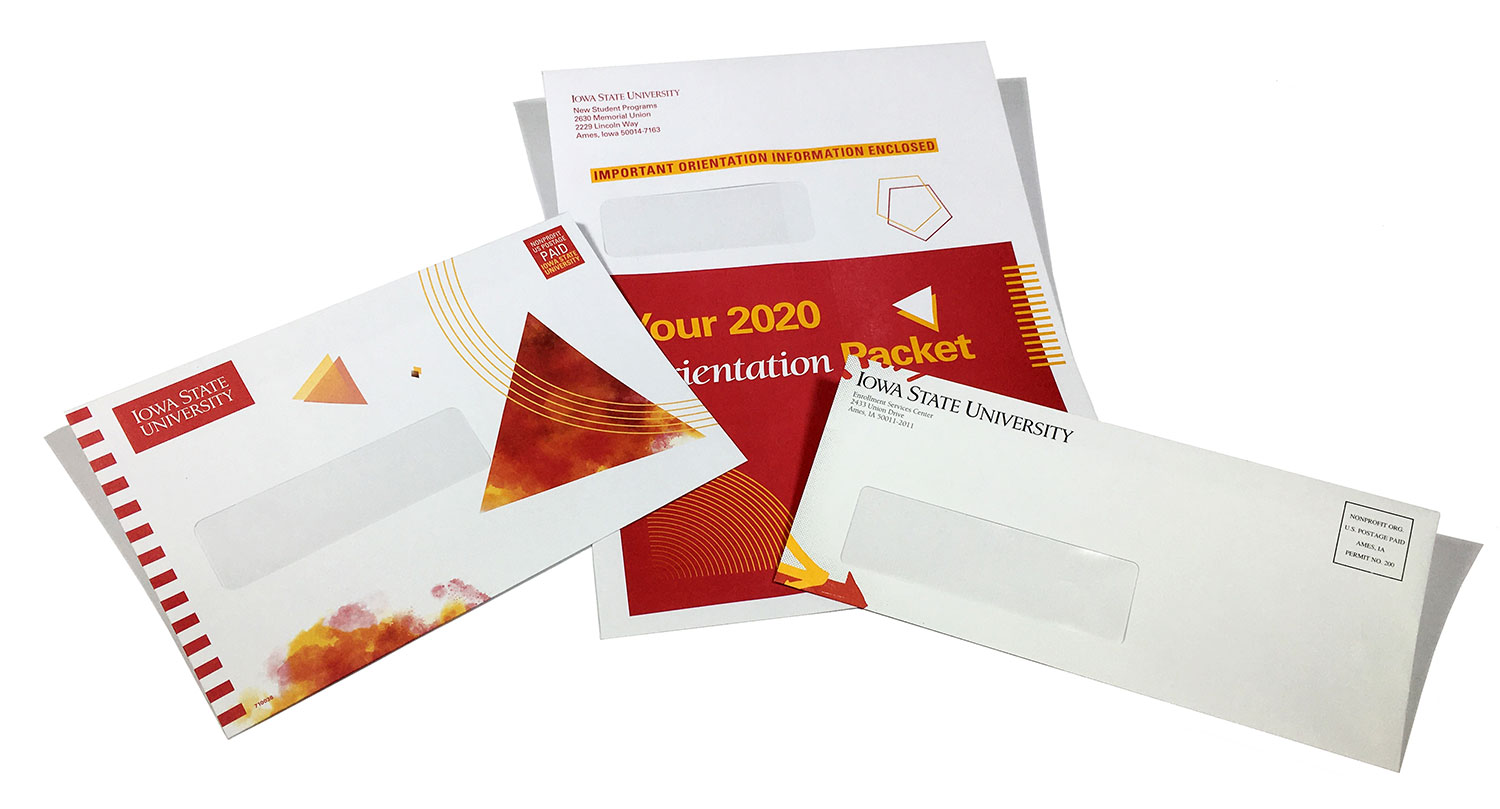Offset Printing
Offset printing technology uses plates, usually made from aluminum or polyester, which are used to transfer an image onto a rubber "blanket", and then rolling that image onto a sheet of paper. It's called offset because the ink is not transferred directly onto the paper.
Because offset presses run so efficiently once they are set up, offset printing is usually the best choice when larger quantities are needed, and provides accurate color reproduction, and crisp, clean professional looking printing.
Examples
- Full-Color (CMYK) and True Spot-Color/PMS
- Stationery (Letterhead, Notecards, Envelopes, etc)
- Course Material
- Forms and Office Material
- Marketing and Promotional Literature (Brochures, Fliers, Folders)
- Books/Booklets
What are the Advantages of Offset Printing?
- Large quantities can be printed cost effectively
- The more you print, the cheaper the price per piece
- A large variety of paper types with custom finishes can be used
- Special custom inks such as metallic and Pantone (spot) colors are available
- High printing quality, with greater detail and color fidelity




